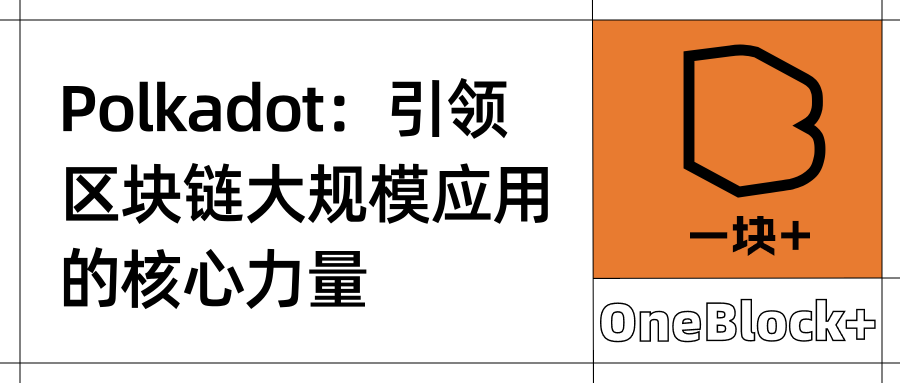
In the rapidly evolving world of blockchain technology, one platform stands out for its innovative approach to interoperability, scalability, and security: Polkadot. With its unique multi-chain architecture, Polkadot is more than just another blockchain; it is a network of blockchains designed to work together seamlessly. As Polkadot approaches its major 2.0 upgrade in 2025, the platform continues to strengthen its position as a leader in the blockchain space.
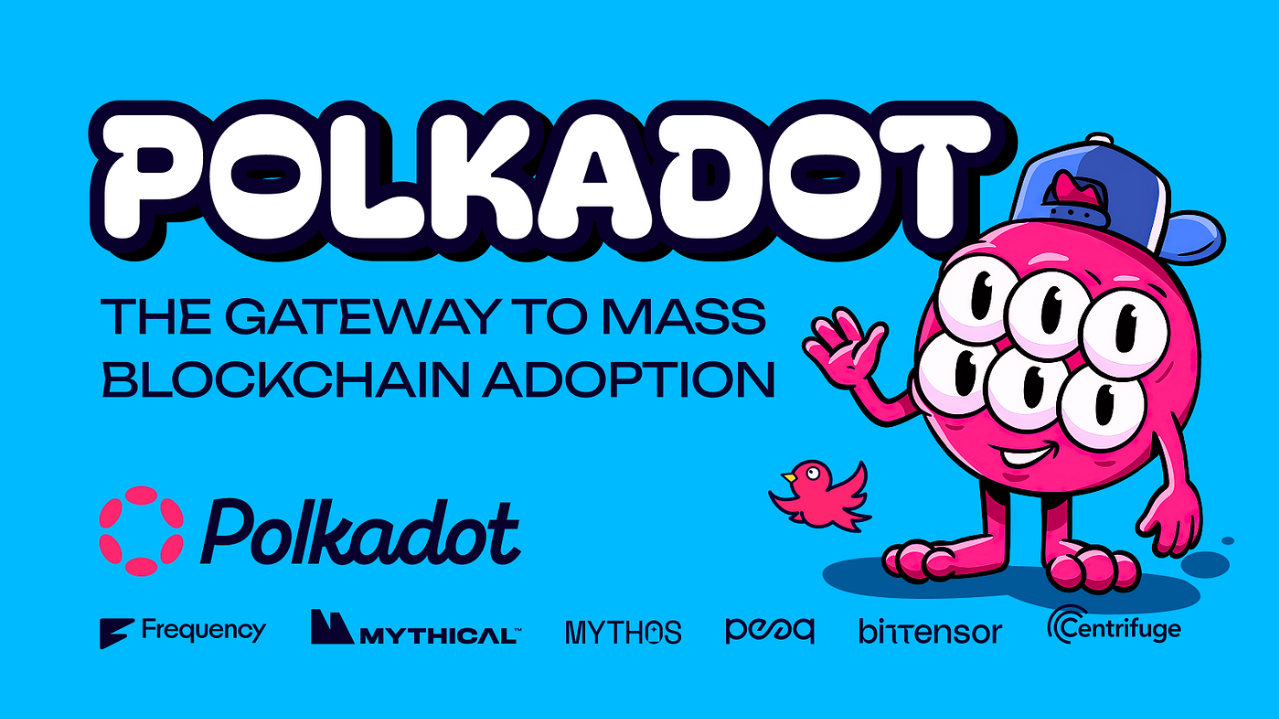
Interoperability: Connecting the blockchain world
Polkadot’s core strength lies in its ability to enable interoperability between different blockchains. This means that independent blockchains can communicate and share information with each other, creating a more connected and efficient ecosystem. This feature is critical for developers and businesses who want to leverage the benefits of multiple blockchains without complex integrations.
This interactivity is represented by Frequency, a social networking application built on Polkadot.
As Harry Evans, CTO of Unfinished Labs, explained, “The parachain model allows us to tailor what we’re doing specifically to the problem that we’re trying to solve, even at the chain level. It’s not just smart contracts running on the chain, we can actually make the chain optimized for social. It also has this concept of what I like to call fixed price consensus. They have a parachain leasing model, which means there’s very little volatility in pricing, you can predict what the pricing is going to be, and we feel like if you have people building serious applications in the social space and want to scale, you have to have very good price predictability, not just low cost, but predictable cost.
Likewise, the Mythos Network leverages the interoperability of Polkadot for gaming experiences.
John Linden, CEO of Mythical Games, noted: “The decision to leave the Ethereum ecosystem stems from a number of issues surrounding relatively slow transaction speeds, even with L2 rollups, which ultimately hampered our expansion plans for new games this year.
Scalability: Meeting growing demands
Polkadot's multi-chain architecture allows for horizontal scalability, which means that as more parachains are added to the network, the overall capacity and performance of the system can be increased. The upcoming Polkadot 2.0 upgrade specifically addresses scalability challenges, introducing elastic scaling that will significantly enhance the network's ability to handle growing transaction volumes and complex applications.
Peaq, a layer 1 blockchain network tailored for decentralized physical infrastructure (DePIN) and real-world assets (RWA), has undergone significant migrations from major DePIN projects such as MapMetrics and Natix Network. These migrations highlight Polkadot's ability to support high-performance applications, with Peaq's transfer count reaching 4.0M between February 15 and March 15, 2025, an increase of 63.6% compared to the previous 30 days.
Bittensor, an AI-focused blockchain project, also chose Polkadot to meet its scalability needs.
Ala Shaabana, co-founder of Bittensor, emphasized: “One of the really cool things about the Polkadot chain is that it’s written in Rust. It’s actually very, very well optimized for the kind of heavy computational work that Bittensor is doing.
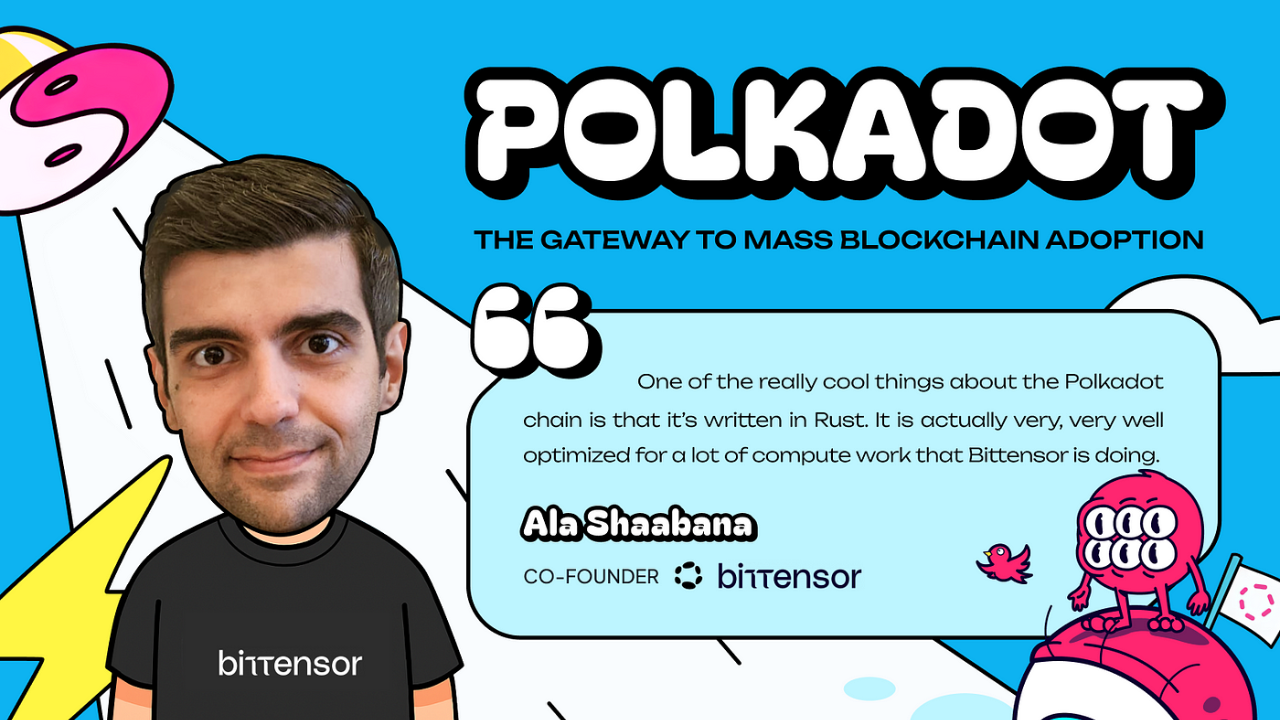
Security: A trustworthy platform
Polkadot adopts a shared security model, where all parachains benefit from the security provided by the relay chain. This ensures that even small chains with low security budgets can operate securely in the Polkadot ecosystem. This shared security approach has been a key differentiator for Polkadot, especially as concerns about blockchain security grow across the industry.
“We built with Polkadot because we really like its security model,” said Jacob Steeves, founder of Bittensor. “We hope that we can also build any kind of block transition function.”
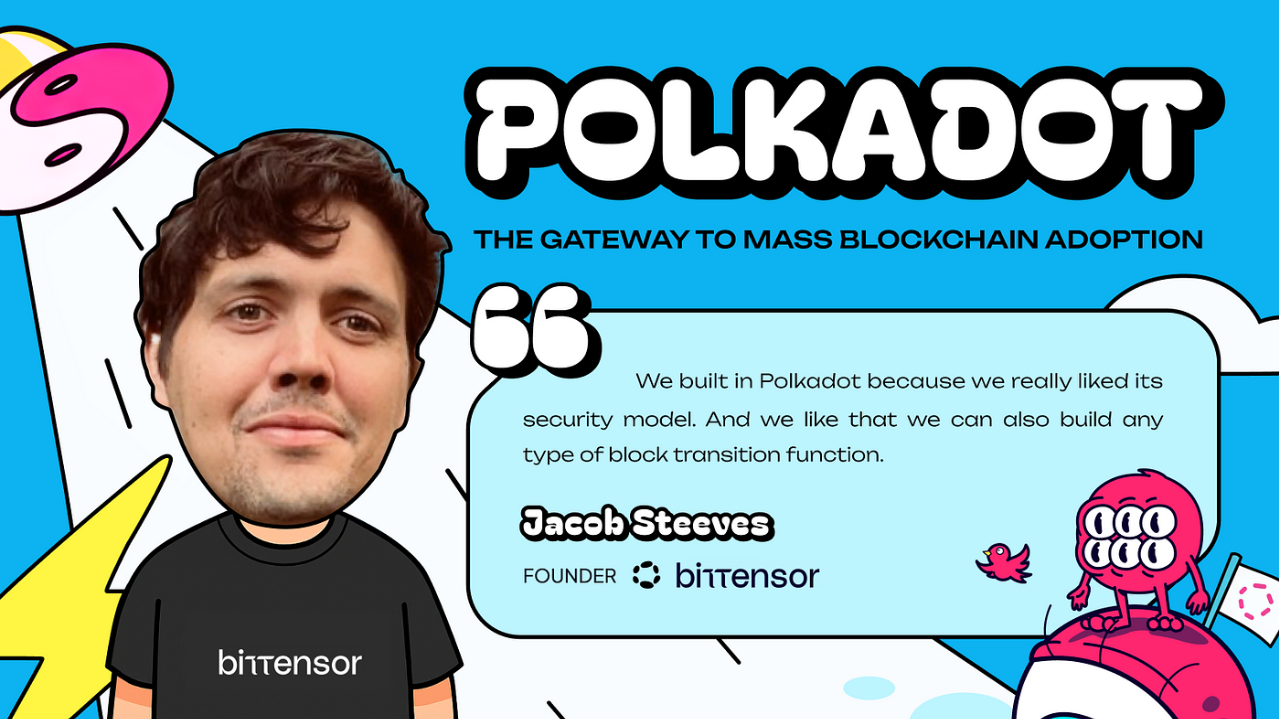
Similarly, Centrifuge, a platform that puts real-world assets on-chain, chose Polkadot because of the competitive advantages of its architecture.
Jeroen Offerijns, CTO of Centrifuge, explained: “Polkadot provides us with the architecture we need to scale the tokenization of real-world assets for institutional use. By enabling cost-effective operations, seamless interoperability, and shared security, we bridge the gap between traditional finance and blockchain, creating scalable opportunities for asset managers and investors.
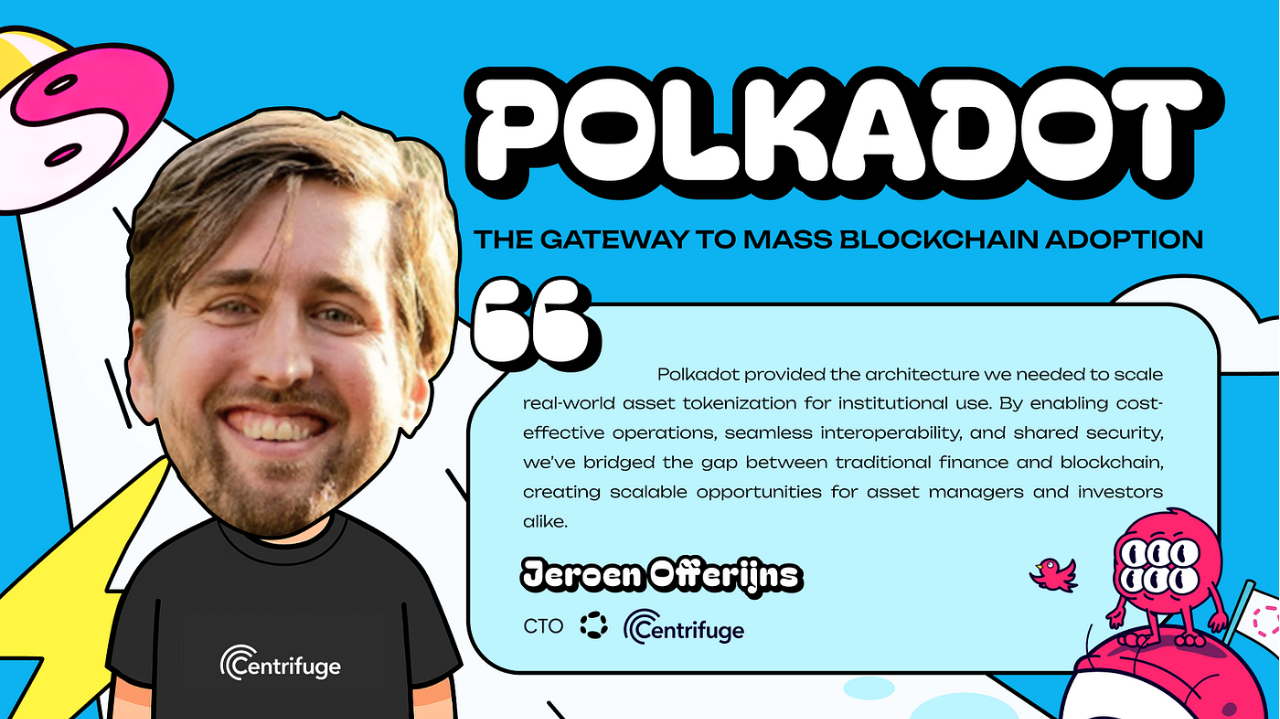
Governance: Empowering the Community
Polkadot's governance model allows for on-chain decision making through a system of token holders. This decentralized governance structure ensures that the network can adapt and evolve over time in a transparent and democratic manner. As part of its 2025 roadmap, Polkadot is further strengthening its governance mechanisms to ensure broader community participation and a more efficient decision-making process.
Flexibility: tailor-made solutions for every use case
Polkadot's modular design allows developers to create customized blockchains based on their specific needs. This flexibility allows a variety of use cases and applications to be built on the platform, making it attractive to different users. The Polkadot SDK (Software Development Kit) provides a "flexible, composable and comprehensive framework" for blockchain development, allowing teams to build solutions optimized for their specific use cases.
In addition, Polkadot rollups stand out for shared security, low fees, fast finality, and native cross-chain interoperability through XCMP. They are built using Substrate, which provides a high degree of customization for application-specific chains. While Ethereum rollups benefit from a larger developer base, Polkadot's architecture is better suited for scalable, modular, and interoperable blockchain applications.
Frequency leverages the flexibility of Polkadot to create a social networking platform with custom features.
“For an application like a social network, where you’re very cost-sensitive, it gives you this ability to really manage costs and figure out how those costs are distributed, which is much more difficult in other blockchain ecosystems,” Harry Evan explained.
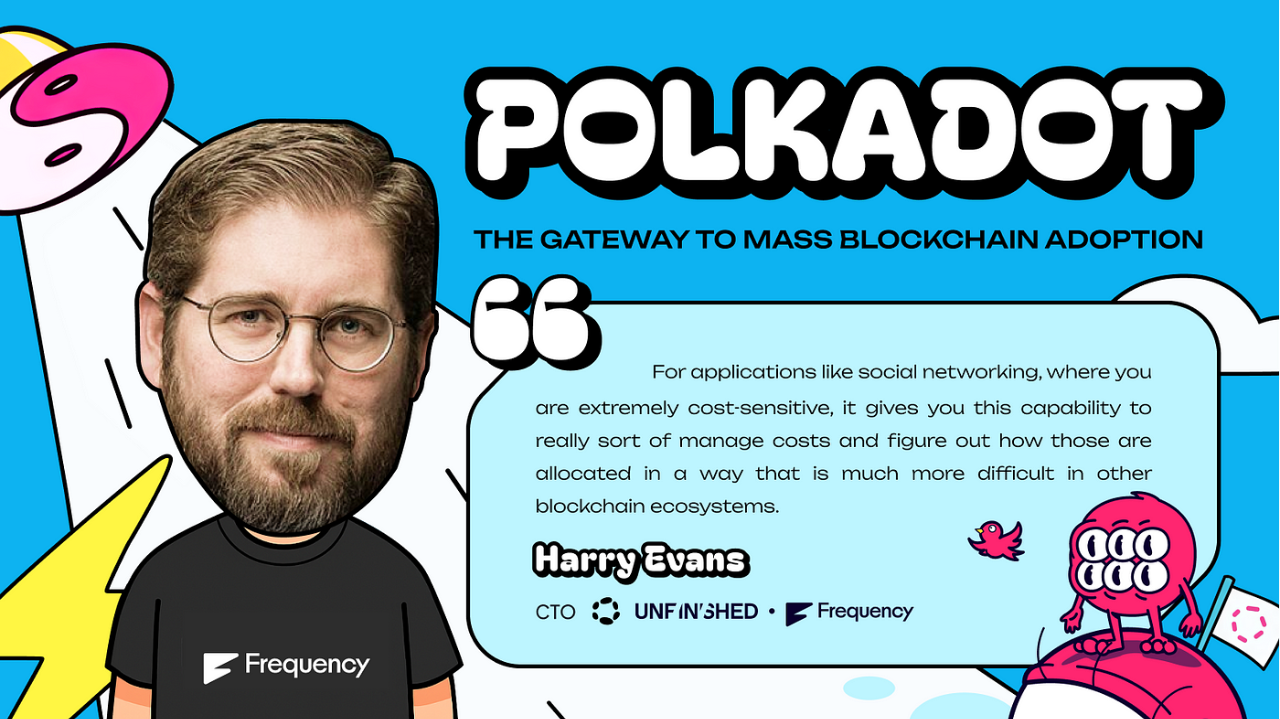
Furthermore, in a recent interview, Polkadot founder Dr. Gavin Wood discussed the evolution of Polkadot and its goal of expanding applicability: “With JAM, which is the next evolution of Polkadot, we are working to transform Polkadot from a multi-chain model to a more general computing resource model. The Polkadot founder said that he hopes to remove too many subjective design constraints and allow Polkadot to support a wider range of use cases.
Ecosystem Growth: A Mass Adoption Playground for Developers
The Polkadot ecosystem has become top of mind for projects aiming for mass adoption, with its growing network of developers, projects, and partners actively building innovative solutions. This surge in interest stems directly from Polkadot’s technical viability and usability, which provides builders with the tools and infrastructure they need to create applications that solve real problems.
The upcoming Polkadot 2.0 represents a revolutionary advancement in blockchain architecture, introducing elastic scaling that dynamically adjusts to network demand. This innovation enables developers to build applications without worrying about the scalability limitations that plague other blockchain networks. As noted at a recent developer conference, "Polkadot 2.0 removes the upper limit on what developers can achieve, enabling applications to scale naturally with user adoption."
The Polkadot Hub, set to launch in 2025, will further accelerate the growth of the ecosystem by providing developers with a centralized platform to access resources, connect with other builders, and showcase their projects.
Perhaps most exciting is the development of JAM, Polkadot's groundbreaking framework that allows developers to create application-specific modules that can be seamlessly integrated into any parachain. This modular approach significantly reduces development time and complexity, allowing builders to focus on solving specific problems rather than rebuilding basic blockchain infrastructure.
As Polkadot founder Dr. Gavin Wood explained, “With the launch of JAM, Polkadot’s direction has changed. It can be thought of as a natively designed Rollup escrow chain, and the technology we have developed goes far beyond Optimistic Rollups and Zero-Knowledge Rollups on Ethereum.
Mythical Games’ migration from Ethereum to Polkadot further demonstrates the ecosystem’s appeal to serious builders.
As John Linden noted, “It was critical to build on a secure and governance infrastructure that would grow stronger over time with increased engagement and that would be fully interoperable with other Mythos ecosystem gaming partners. After discussing numerous blockchain protocols, this was an easy decision: Polkadot’s commitment to innovation, security, and governance provided the most value for our community.”
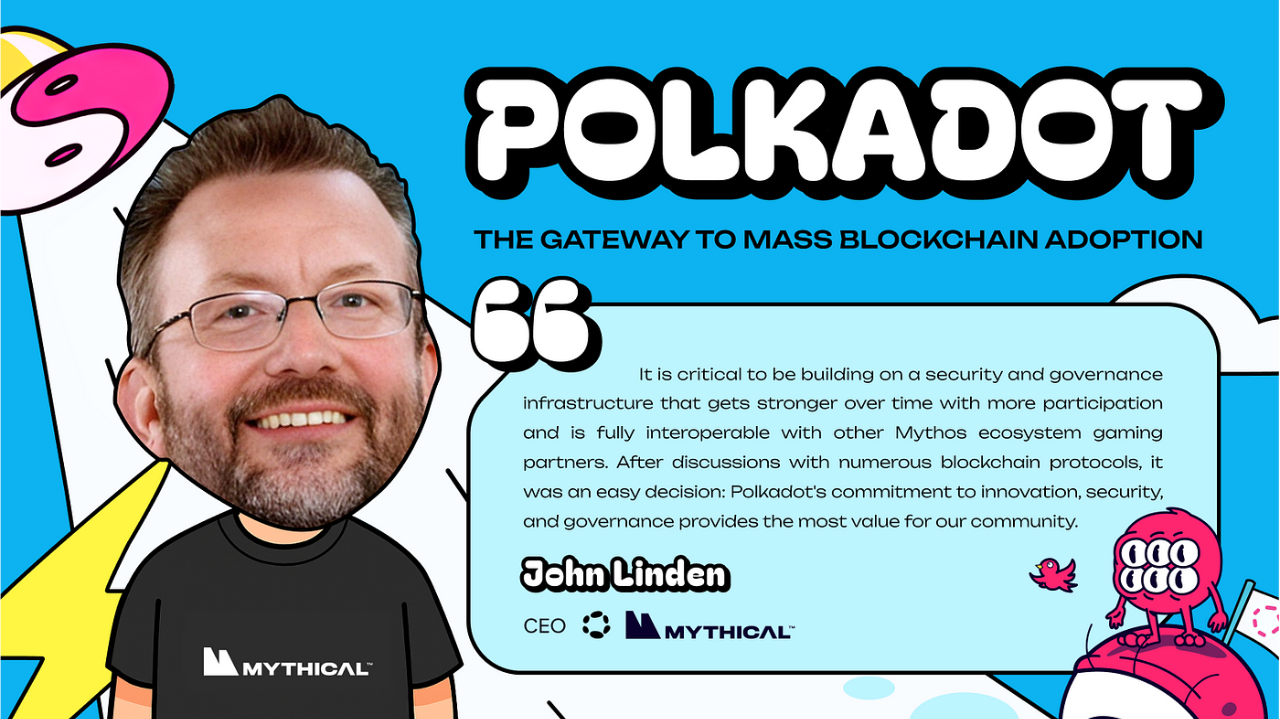
Towards the next stage of blockchain innovation
Polkadot’s competitive advantages in interoperability, scalability, security, governance, flexibility, and ecosystem development are not just theoretical, they are actively driving real-world adoption in diverse sectors, including gaming, DePIN, AI, social networking, and privacy-focused applications.
Polkadot is poised to lead the next wave of blockchain adoption, with the upcoming launch of Polkadot 2.0 in 2025 set to introduce significant scalability improvements and continued expansion of use cases across a variety of sectors. The platform’s focus on momentum and elastic scaling capabilities across the ecosystem will further solidify its position as a key player in the evolution of decentralized systems.
As these projects grow in popularity, they demonstrate Polkadot’s potential to bring blockchain technology to the masses. From Mythical Games’ AAA gaming experiences to Peaq’s DePIN infrastructure, Bittensor’s AI solutions, and Frequency’s social networking platform, the diversity of applications built on Polkadot demonstrates the versatility and robustness of the Polkadot ecosystem.
Original article: https://medium.com/subwalletapp/polkadot-the-gateway-to-mass-blockchain-adoption-7b5b88de5d08













